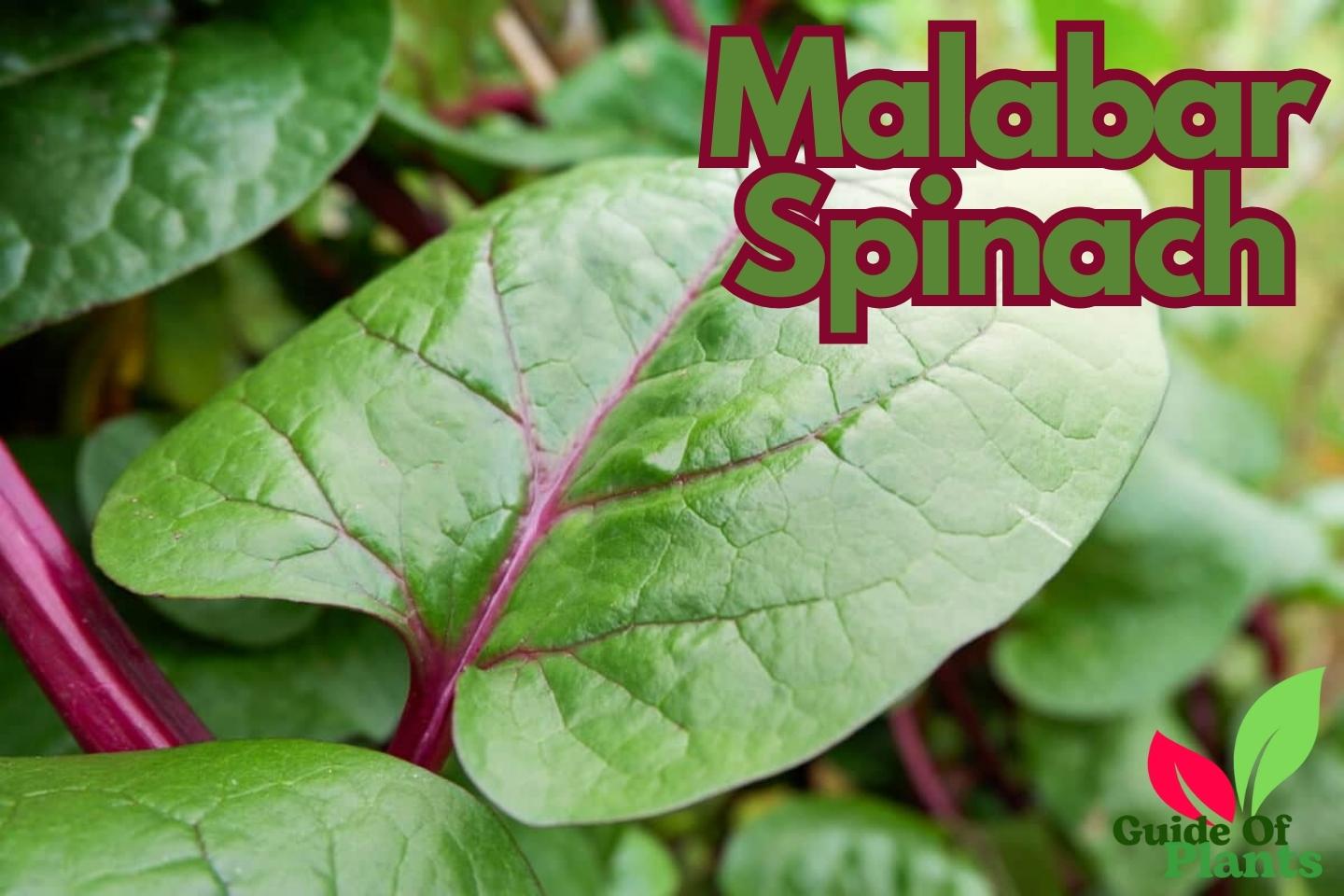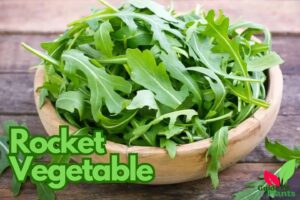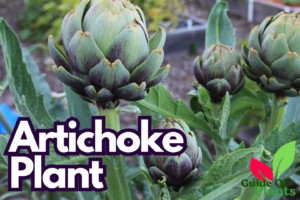For an unusual and healthy leafy green, look no further than malabar spinach. This fast-growing tropical vegetables is loaded with nutrients and has a taste and texture unlike traditional spinach. Read on to learn all about malabar spinach and how to grow abundant harvests of this underappreciated superfood. Let’s start with Guide of Plants
Table of Contents
Related Posts:
What is Malabar Spinach?
Malabar spinach is not actually a true spinach though its name contains the word “spinach”. This tropical plant belongs to an entirely different plant family called Basellaceae. However, it has a similar mild, slightly nutty flavor.
Other common names for malabar spinach include Ceylon spinach, climbing spinach, Syrian spinach, Indian spinach and vine spinach. All these names refer to the botanical name Basella alba. There are also red-stemmed cultivars known as Basella rubra.
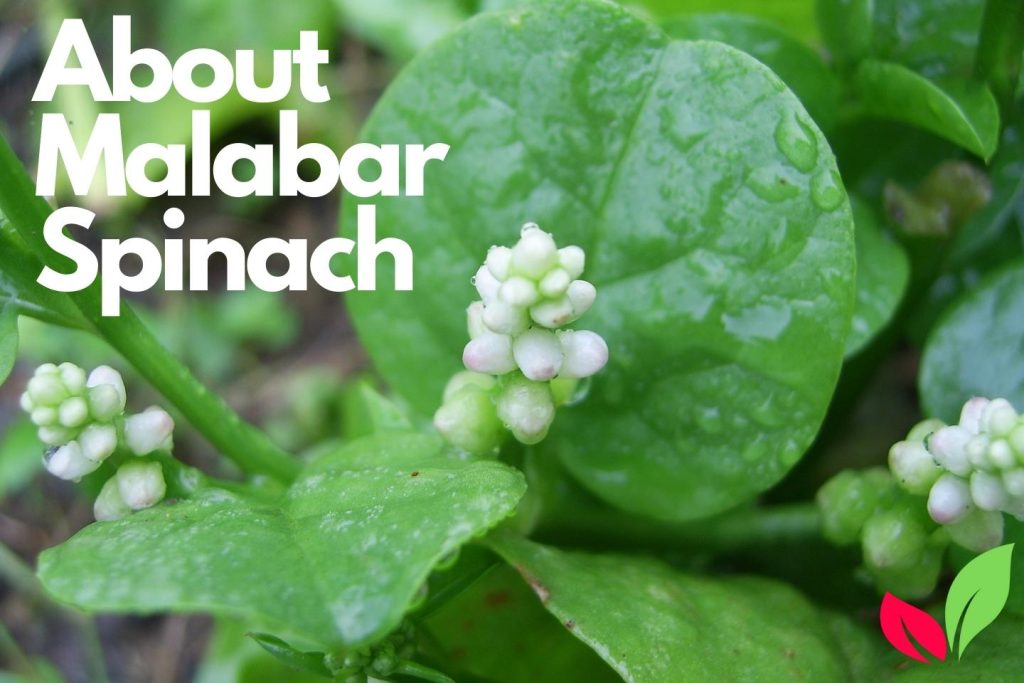
This plant is a fast-growing, climbing vine that can grow over 15 feet long. Its fleshy leaves and stems come in brilliant shades of green, red, and purple. Raw malabar has a mucilaginous texture a bit like okra. Once cooked, this unique quality disappears.
While real spinach grows best in cool weather, this plant thrives in hot, humid tropical climates. It can also grow well in frost-free warmer regions provided it gets adequate moisture and vertical support to climb. Home gardeners can grow this plant during summer months nearly anywhere by providing a trellis or other climbing structure.
Besides being ornamental and easy to grow, malabar offers an abundance of nutritional benefits. It contains higher amounts of many vitamins and antioxidants compared to regular spinach.
Also Know About: Crop Farming
Health Benefits and Nutrition
The main parts of the this plant that are eaten are the leaves and tender stem tips. Both are incredibly nutritious. Malabar spinach contains:
- Very high vitamin A – Over 100% DV per 100 grams. Important for eye health.
- Extremely high vitamin C – Over 200% DV. Boosts immunity.
- High iron – Over 20% DV. Improves circulation and prevents anemia.
- Calcium – 28% DV. Needed for strong bones and teeth.
- Fiber, folate, magnesium and other minerals.
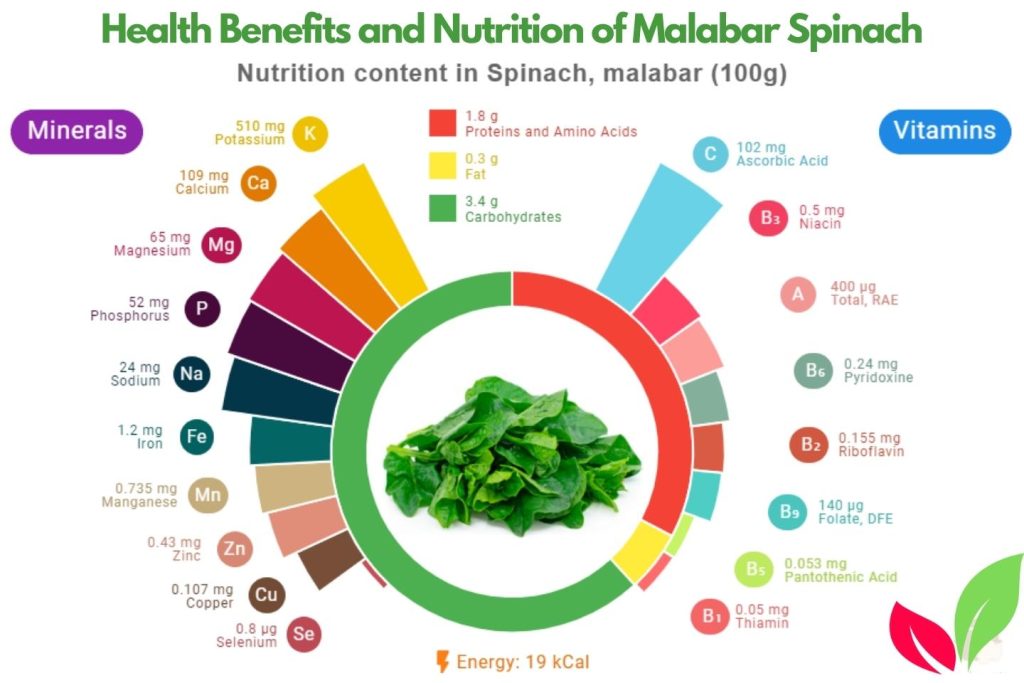
In addition to vitamins and minerals, malabar spinach also provides vital antioxidants including:
- Lutein – Protects eye health and reduces oxidative stress.
- Beta-carotene – Converts to active vitamin A and fights free radicals.
- Zeaxanthin – Filters blue light and promotes eye health like lutein.
Overall, this vegetable contains about twice the amount of iron as regular spinach. It also provides nearly 100% more vitamin A and vitamin C.
The red varieties contain unique antioxidants including betacyanin’s that provide the red pigments. Studies show betacyanin’s combat oxidative stress and exhibit anti-inflammatory activity.
Consuming leafy greens like malabar spinach regularly promotes:
- Healthy eyes and vision
- Strong bones
- Improved immunity
- Increased circulation and energy
- Lower inflammation
- Disease prevention
Both fresh and cooked malabar spinach provide ample nutrients. Eating the leaves raw maximizes the vitamin C content in particular. However, cooking increases the bioavailability of certain antioxidants like beta-carotene. Enjoy in both fresh and cooked for a nutritional powerhouse.
Also Know About: Herbal Gardening
How to Plant Malabar Spinach
One of the best parts of growing malabar spinach is that it thrives in heat and humidity. Plant it outdoors after all danger of frost has passed. Soak the seeds for 24 hours before planting to speed germination.
Where to Plant Malabar Spinach
- Full sun – Malabar needs at least 6 hours of direct sun daily. Partial shade reduces growth and yields.
- Trellis or vertical structure – Provide a trellis, wires or poles for the vines to climb on. Allow 8-12 feet of vertical space.
- Containers – Plant one malabar vine per large container. Use trellises for support.
You can grow this vegetable from seeds or transplants:
- Seeds – Direct sow seeds in the garden after the soil warms up. Plant seeds 1 inch deep and 6 inches apart. Keep the soil moist for fast germination.
- Seedlings – Buy starter plants or start seeds indoors 4-6 weeks before your last frost date. Gradually harden off plants before transplanting them outside. Space transplants 12 inches apart.
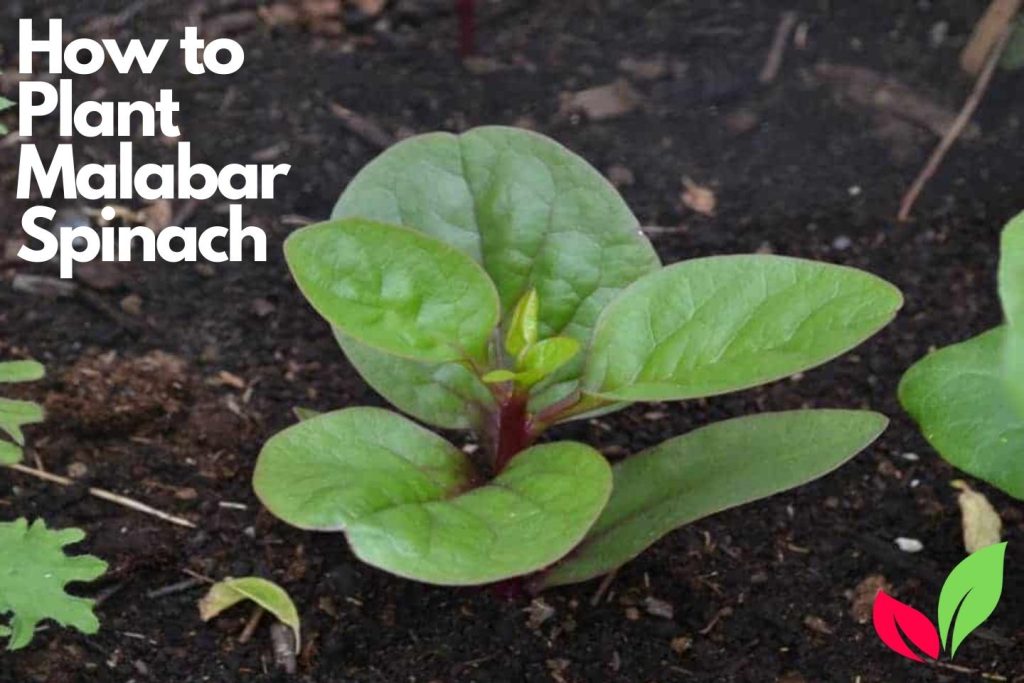
Caring for Your Malabar Spinach Vine
With adequate moisture and support for its vining growth habit, it is easy to grow. Follow these tips for the best harvests:
- Water – Water malabar spinach regularly to keep the soil consistently and evenly moist. Allow the soil to slightly dry between watering.
- Fertilizer – Apply a balanced organic fertilizer or compost tea every 2-3 weeks during the growing season.
- Pruning – Pinch off growing tips to encourage bushy, branching growth. Remove dead or dying leaves and stems regularly.
- Pests & diseases – Prevent common pests like aphids and whiteflies by hosing plants off with water. Improve air circulation. Control fungus issues by avoiding wet foliage.
How to Harvest Malabar Spinach
Malabar spinach will be ready to start harvesting about 8 weeks after planting. For a continuous harvest through summer and fall:
- Begin harvesting leaves when they reach 4-6 inches long. Harvest leaves and tender stems.
- Pick leaves carefully to avoid damaging vines. Use scissors for clean cuts.
- Harvest lower mature leaves more frequently than young top leaves.
- Remove any bolted or flowering stems to prolong leaf production.
- Expect to harvest leaves 1-2 times per week. Pinching off tips encourages bushier regrowth.
How to Eat Malabar Spinach
The mild malabar flavor complements many ingredients and cuisines. Try:
- Raw – Leaves and tender stems can be eaten fresh in salads or sandwiches. They work great in green smoothies and fresh juices combined with fruits like mango, pineapple or citrus.
- Cooked – Boil, steam or sauté leaves briefly until just wilted. Add to soups, curries, stir-fries and sauces. Malabar cooks faster than regular spinach.
- Storage – Refrigerate unwashed leaves in a plastic bag for up to 1 week. Do not freeze raw leaves.
- Freezing – Blanch leaves 1 minute, cool, and freeze in airtight bags for 6-9 months.
Now that you know the basics of how to grow and enjoy this nutritious green, here are some tasty malabar recipes to try!

Recipes to Try
Salad – Toss raw leaves with tropical fruits, nuts, onion and a tangy vinaigrette. Top with avocado.
Garlic Sauté – Sauté chopped leaves and stems briefly in olive oil with garlic, salt and pepper. Finish with lemon juice.
Curry – Make a flavorful curry with malabar spinach and spices like curry powder, cumin and coriander. Serve over rice.
Malabar Smoothie – Blend it with banana, mango and coconut water for a refreshing, bright green smoothie.
These recipes only scratch the surface of the many ways to eat this vegetable. From soups to stir fries to juices, the possibilities are endless!
Growing Tips to Maximize Your Malabar Spinach Harvest
Follow these handy growing tips to get the most abundant harvest possible from your vegetable vines:
- Stagger planting dates – Start a new plant or seeds every 2-3 weeks for a longer harvest.
- Use season extenders – Protect plants with row covers or grow in a greenhouse/hoop house in cooler climates.
- Strong support – Sturdy trellises allow vines to grow taller and yield more.
- Consistent moisture – Malabar needs evenly moist (but not soggy) soil for best growth. Mulch helps conserve moisture.
- Full sun – Maximize sunlight exposure with at least 6-8 hours of direct sun daily.
Common Problems When Growing
While generally hassle-free, malabar can encounter a few issues:
- Vine borers – Disruptive pests that tunnels into stems. Control with row covers or remove affected parts promptly.
- Aphids & whiteflies – Rinse off pests with water and apply insecticidal soap if needed.
- Powdery mildew – Prevent by improving air circulation and avoiding wet foliage.
- Cold weather – This plant dies back with frost. In cool climates, grow as an annual and harvest before first fall frost.
Be diligent to catch any problems early. Otherwise, it typically thrives with basic care.
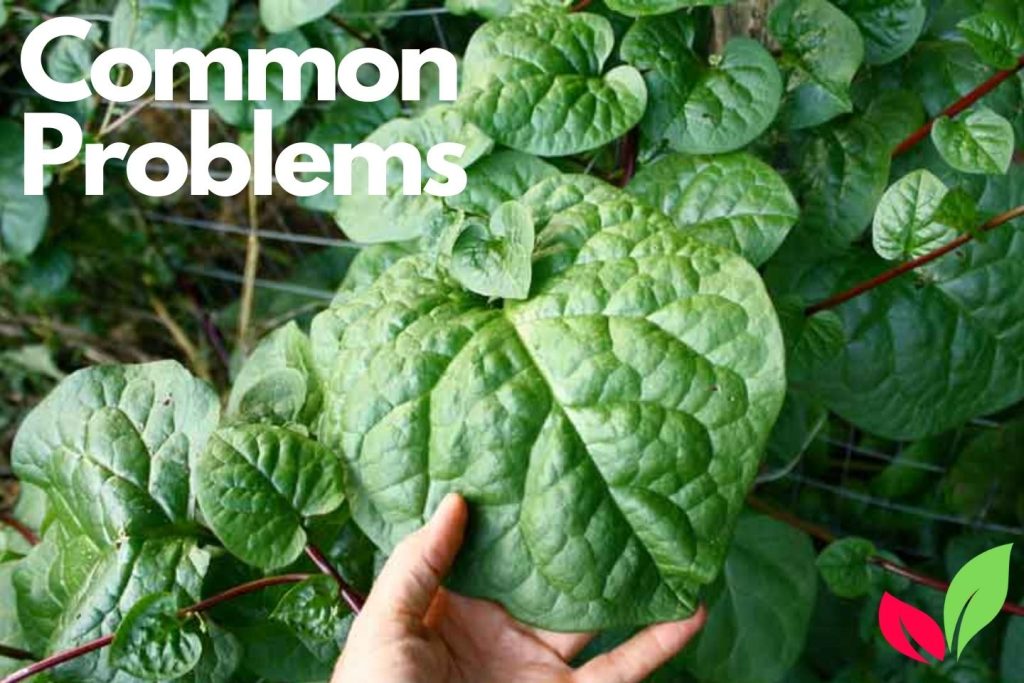
FAQ’s
Is malabar spinach the same as regular spinach?
No, malabar spinach is not the same species as traditional spinach. It belongs to the Basellaceae family while regular spinach is part of the Amaranthaceae family. However, malabar spinach has a similar mild, slightly earthy taste.
Where does malabar spinach originate from?
Malabar spinach is native to tropical parts of Asia including India and Malaysia. It thrives in hot, humid environments.
Is malabar spinach easy to grow?
Yes! Malabar spinach is easy to grow in warm climates. It can also grow well in containers and greenhouse environments. Provide a trellis for support and keep the soil consistently moist.
Can you grow malabar spinach in pots?
Yes, malabar spinach can be grown successfully in large containers. Use at least a 15-20 gallon pot and provide a sturdy trellis for the vines to climb up.
How do you store fresh malabar spinach?
Store fresh leaves unwashed in a plastic bag in the refrigerator for 3-5 days. Malabar spinach does not preserve well frozen unless blanched first.
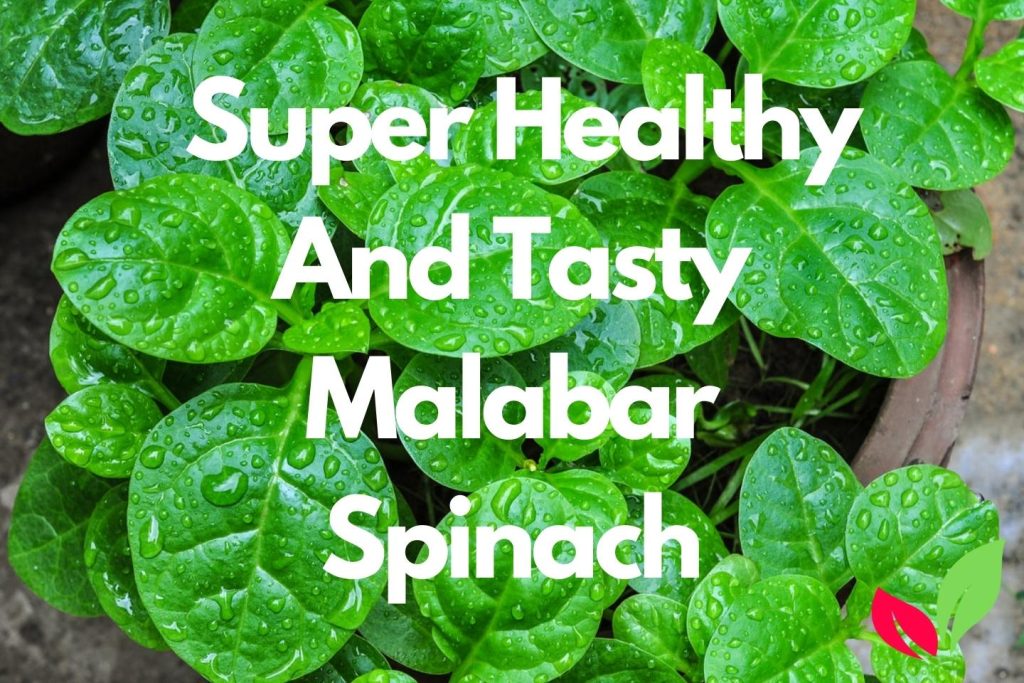
Also Know About: Revolutionizing crop farming
Conclusion
In this article, you learned all about growing the super healthy and tasty malabar spinach vine. While not actually a true spinach, it offers a bounty of nutritional benefits surpassing regular spinach.
With its climbing growth habit and love of heat, malabar spinach is easy to grow through the warm summer months. Provide plenty of space for the vines to spread out and climb upward. Keep plants evenly watered and harvest the nutritious leaves every week. Work into an array of raw preparations, sautés, curries, stir fries and more.
Growing vegetable in your own vegetable garden ensures you have access to an abundance of vitamin-rich leaves all season long. Plus, harvesting and eating fresh greens from your garden is incredibly rewarding. As an attractive climbing plant requiring minimal care, it deserves a spot in any edible garden. Try growing malabar spinach this year for beautiful vines and armloads of healthy, tasty leaves. Your stomach and testbeds will thank you!

